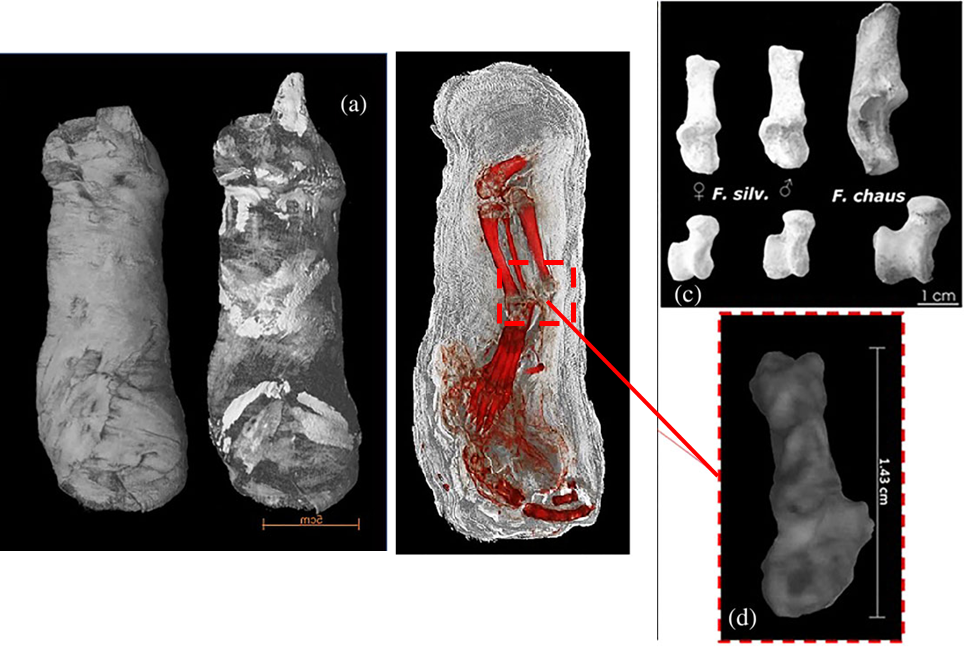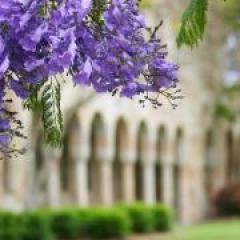Neutron Micro-Computed Tomography: A Revolution in Non-Destructive Paleontology and Archaeology
Abstract
The physical extraction of fossilised remains from rocks enables quantitative physiological investigation of bone-dimensions, volume, and porosity, however leads to the destruction of valuable contextual information and soft-tissue remains within the matrix. Similarly, the inner details of cultural artefacts, or those encased or encrusted in other materials cannot be explored without manual preparation or some form of internal visualisation
Conventional and synchrotron-based X-ray computed tomography (XCT) have been utilised for many years as critical tools in uncovering valuable 3-D internal and surface renderings of scientifically and culturally important specimens, however poor contrast and X-ray penetration often prevents thorough tomographic analysis. DINGO, Australia’s neutron micro-computed tomography (nCT) instrument, located at the OPAL nuclear research reactor, is being used to obtain unpreceded renderings of extraordinary features in fossils and cultural specimens not visible with conventional imaging techniques. Drawing upon specimens scanned from across the globe, this presentation demonstrates the capabilities of nCT to classic XCT methods for the investigation of geological formations, embedded fossils, Egyptian mummified remains and ancient coinage. A brief overview of recent improvements in capabilities will also provide opportunities to consider future opportunities and limitations.
A selection of nCT case studies to be presented:
- nCT studies conducted on a Jurassic cynodont, one of the earliest and most primitive ancestors to all living mammals, revealing exceptional conservation of internal bone structure of the cranium, teeth and internal tissues; features that are not visibly rendered by XCT, nor phase-propagation synchrotron XCT methods.
- Fraud and “touch-ups” in palaeontology and the economy
- Uncovering the morphology and internal anatomy of fire-adapted mid-Cretaceous south polar conifers
- Stomach contents of herbivorous and carnivorous dinosaurs.
- Recycling of votive offerings in ancient Egypt

Figure: a) Comparison of surface rendering of left) neutron-CT and right) X-ray CT; b) combined neutron and X-ray. c) A single bone can be used to determine species of cat; d) the digitally segmented bone from the CT data used to determine species and approximate age of the sacrificial cat. Raymond, C.A. et al, Recycled blessings: an investigative case study of a re-wrapped Egyptian votive mummy using novel and established 3D imaging techniques, Archaeometry (2019). DOI: https://doi.org/10.1111/arcm.12477
About the presenter
Joseph Bevitt is Senior Instrument Scientist at the Australian Nuclear Science and Technology Organisation. He operates the “DINGO” neutron tomography instrument at the OPAL nuclear reactor, and through extensive collaborations with global universities and museums, is pioneering the use of neutron microtomography in the areas of palaeontology, archaeology and cultural heritage. He is also exploring avenues for rapid neutronCT, neutron irradiation therapies and the 3D chemical mapping by uniquely combining neutronCT with other in situ nuclear methods.
Prior to switching to full-time research last year, Joseph was head of ANSTO’s Research Office, which incorporated the User Office, Australia’s nuclear library and Grants Office. He is Immediate Past President of the Royal Australian Chemical Institute NSW Branch, Deputy President of the International Society for Neutron Radiology and a Research Fellow of the Jilin University Dinosaur Evolution Research Centre.
About Archaeology Working Papers
The Working Papers in Archaeology seminar series provides a forum for dissemination of archaeological research and ideas amongst UQ archaeology students and staff. All students are invited to attend the series and postgraduate students, from honours upwards, are invited to present their research. The aim is to provide opportunities for students, staff and those from outside UQ, to present and discuss their work in an informal environment. It is hoped that anyone interested in current archaeological directions, both within and outside the School and University, will be able to attend and contribute to the series.


